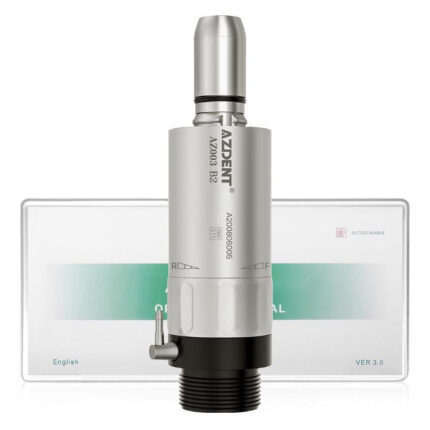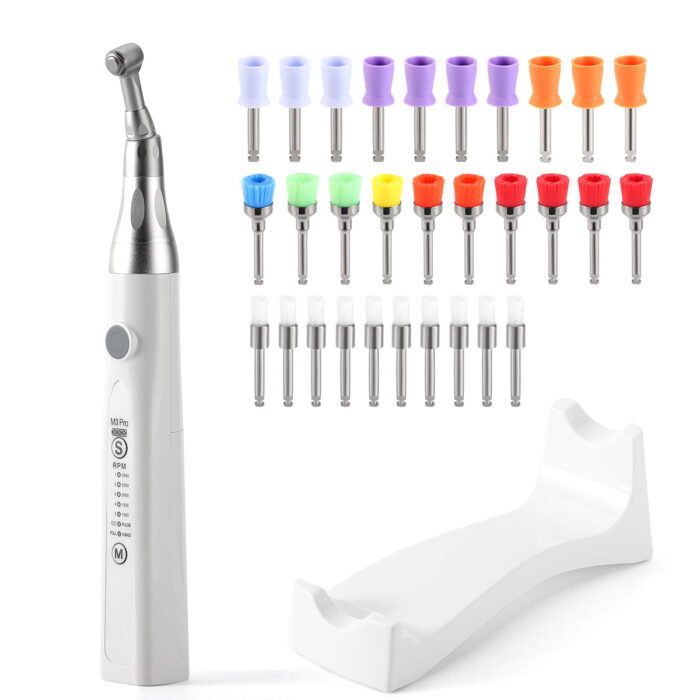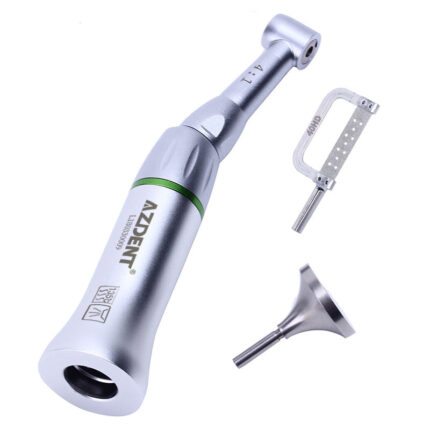
Understanding Electric Handpieces: Revolutionizing Dental Practice
In recent years, electric handpieces have emerged as a vital tool in modern dentistry, transforming the way dental professionals approach various procedures. From restorative practice to oral surgeries, these devices are designed to provide greater efficiency and improved patient outcomes. This article explores the benefits of electric handpieces, their comparison with traditional air-driven handpieces, and considerations for integrating them into your practice. For a comprehensive range of electric handpieces, visit electric handpiece https://dentaprof.com/collection/handpieces/electric-handpieces/.
The Advantages of Electric Handpieces
Electric handpieces offer a variety of advantages that are critical in a clinical setting. Unlike air-driven handpieces, electric models provide greater torque and consistent speed, allowing for more precise cutting and better control during procedures. Here are some of the primary benefits:
- Efficiency: Electric handpieces can operate effectively across varying resistance levels, maintaining optimal speed without the need for excessive pressure. This means less fatigue for both the dentist and the patient.
- Noise Reduction: One of the most notable differences between electric handpieces and their air-driven counterparts is the noise level. Electric models produce significantly less noise, contributing to a calmer environment that can help reduce patient anxiety.
- Speed Control: Many electric handpieces come with adjustable speed settings, allowing the dentist to fine-tune their approach based on the specific requirements of the procedure.
- Longer Lifespan: Electric handpieces are generally more durable and require less maintenance than air-driven models, leading to lower long-term costs for practices.
Comparing Electric and Air-Driven Handpieces
While both electric and air-driven handpieces have their place in dentistry, understanding the distinctions between them is key to making an informed decision for your practice. Here’s a comparison:
| Feature | Electric Handpieces | Air-Driven Handpieces |
|---|---|---|
| Power Source | Electric motor | Compressed air |
| Speed Stability | Consistent speed across various resistance levels | Speed varies with air pressure |
| Noise Level | Quieter operation | Louder due to air compressor |
| Torque | Higher torque for cutting | Lower torque; often requires more pressure |
| Maintenance | More durable with less downtime | Requires more frequent maintenance |
Considerations for Integration
If you are considering upgrading to electric handpieces, keep the following factors in mind:
- Initial Investment: Electric handpieces often have a higher upfront cost compared to air-driven options, but the long-term benefits can outweigh the initial investment.
- Training and Familiarization: It may take some time for you and your staff to become accustomed to using electric handpieces. Consider investing in training sessions to ensure a smooth transition.
- Compatibility: Check if your existing dental system (compressors and other tools) can support the integration of electric handpieces.
Conclusion
As the landscape of dentistry continues to evolve, integrating electric handpieces can significantly enhance the quality of care provided in your practice. With benefits such as improved efficiency, reduced noise, and greater precision, these tools represent a significant advance over traditional air-driven handpieces. By carefully considering the advantages and preparing for a potential transition, dental professionals can ensure that they stay at the forefront of innovative patient care solutions.
For those ready to explore the world of electric handpieces, a wide range of options is available online, allowing you to choose the perfect tool for your practice’s needs.


